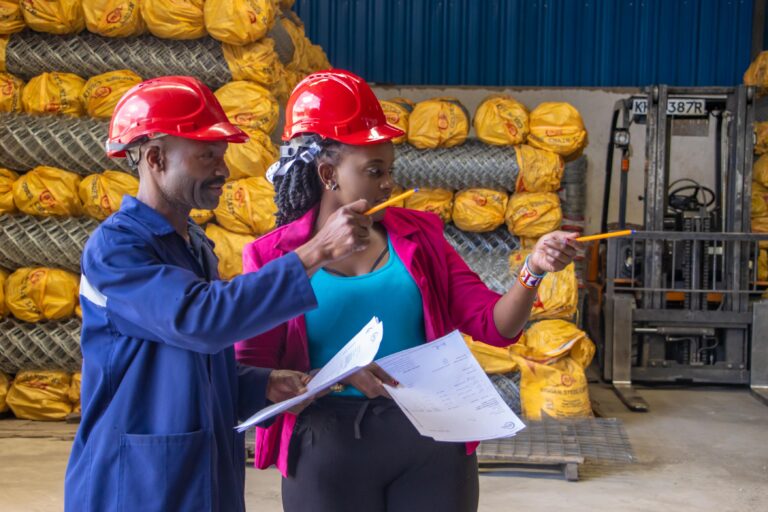Agriculture is the heartbeat of Kenya, supporting livelihoods and ensuring food security for millions. Yet, the behind-the-scenes innovation and dedication in farming often go unrecognized. Farm photography serves as a bridge, telling the untold stories of the people and practices shaping this vital industry.
Table of Contents
Recently, I had the privilege of documenting a farmers’ training session at Ekocity Farm Alliance, a remarkable training center in Njoro dedicated to urban farming and organic farming solutions. This article highlights the importance of farm photography and shares the experiences from this rewarding project.
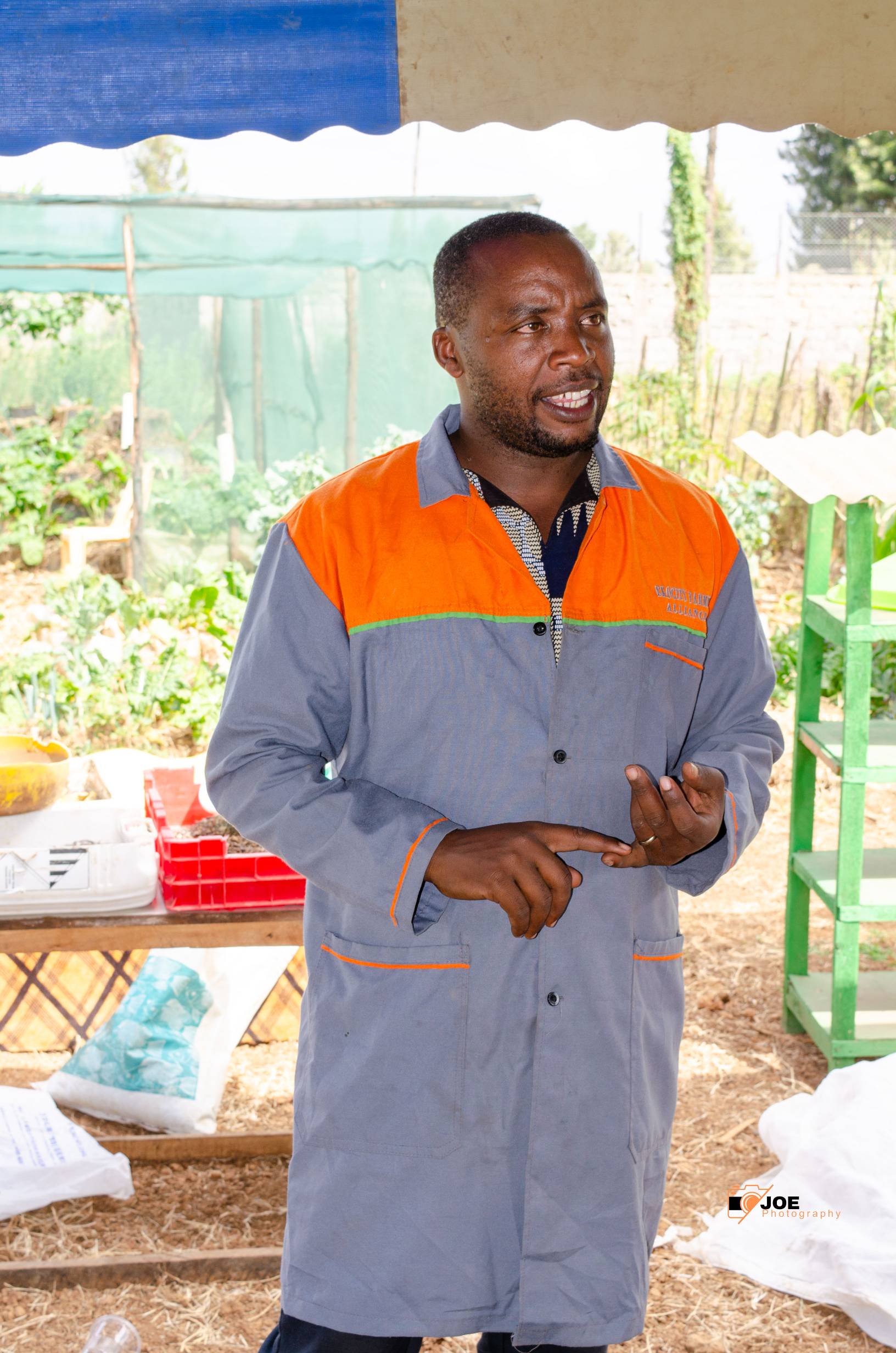
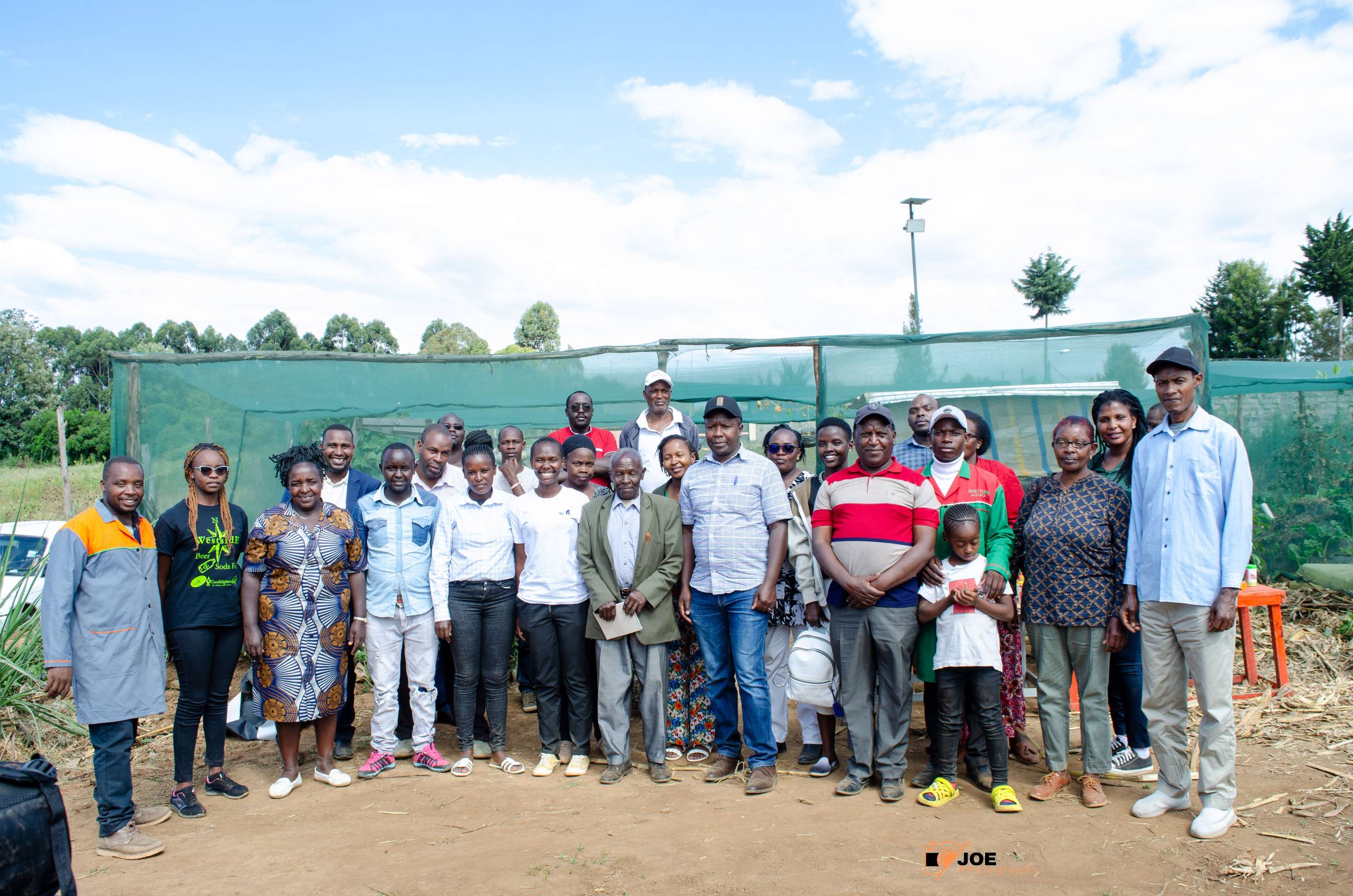

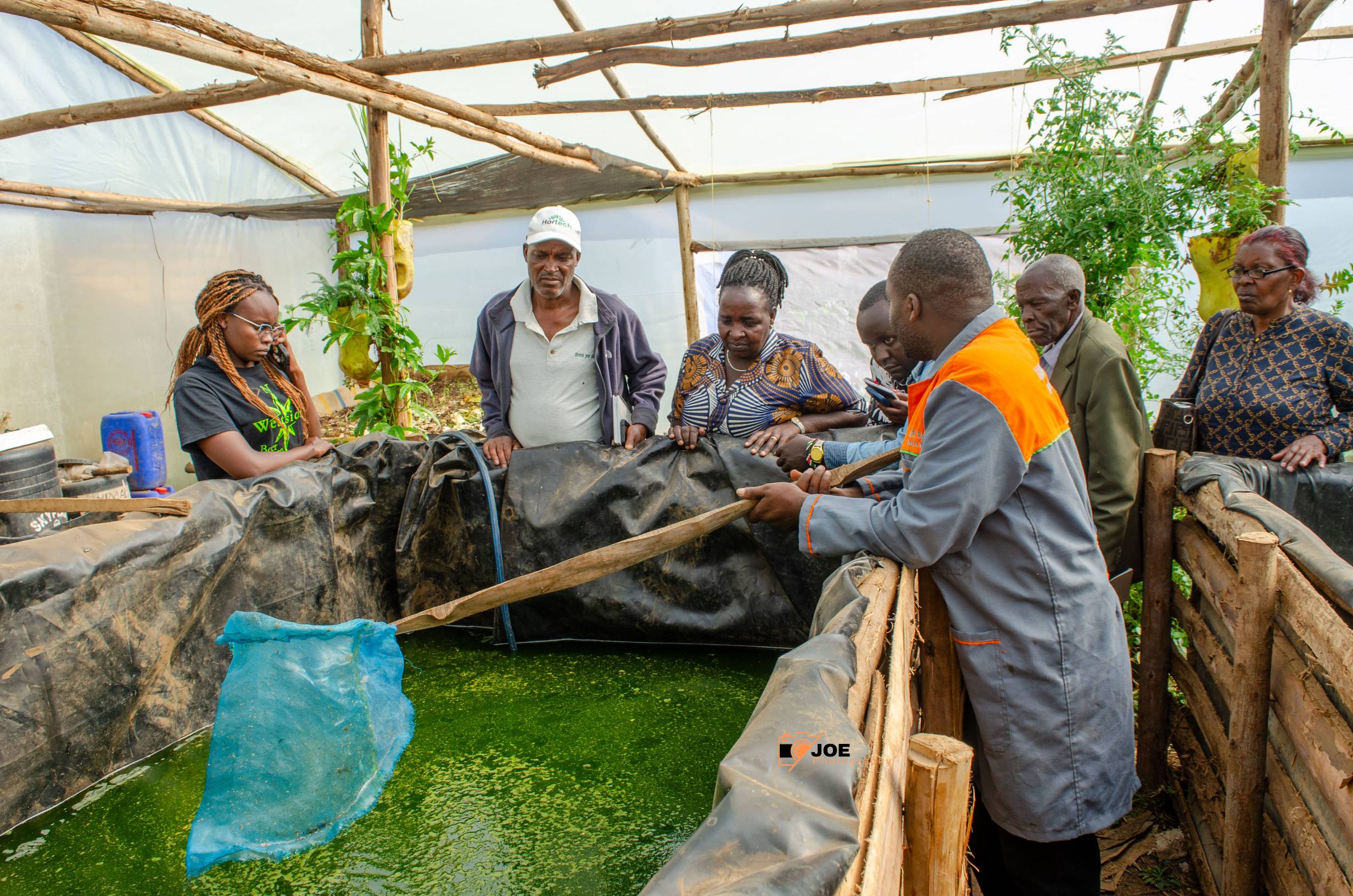
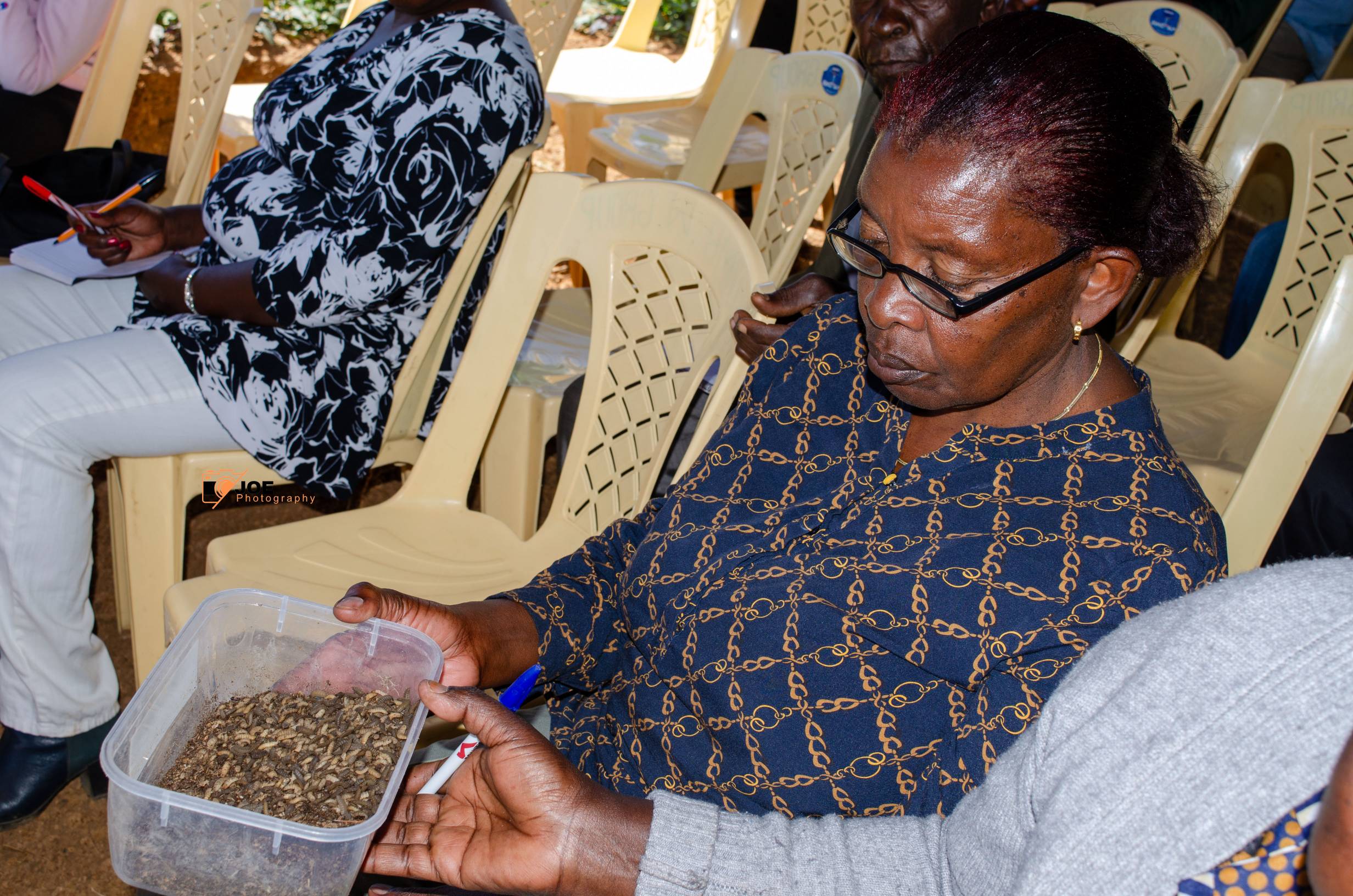
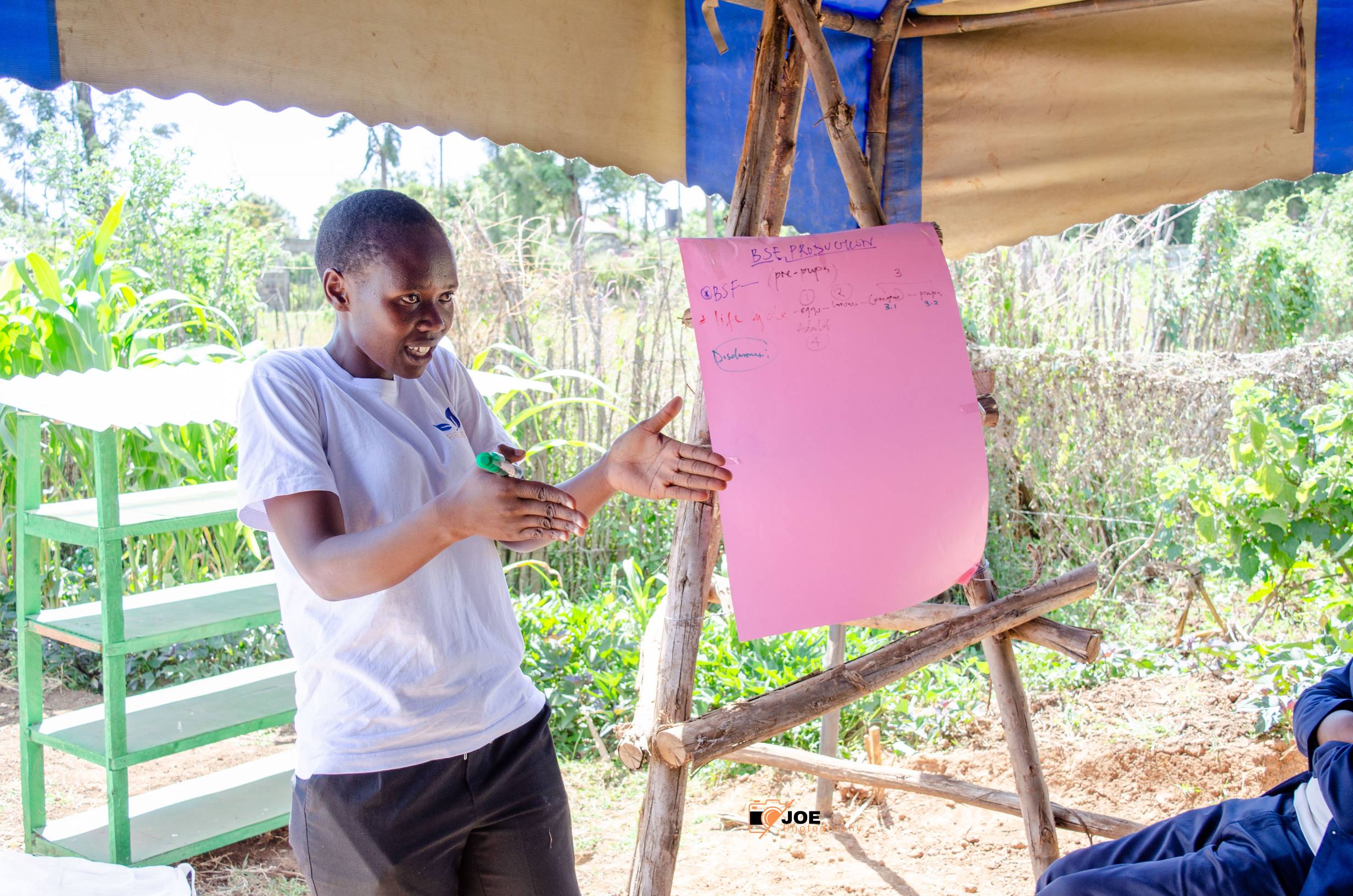
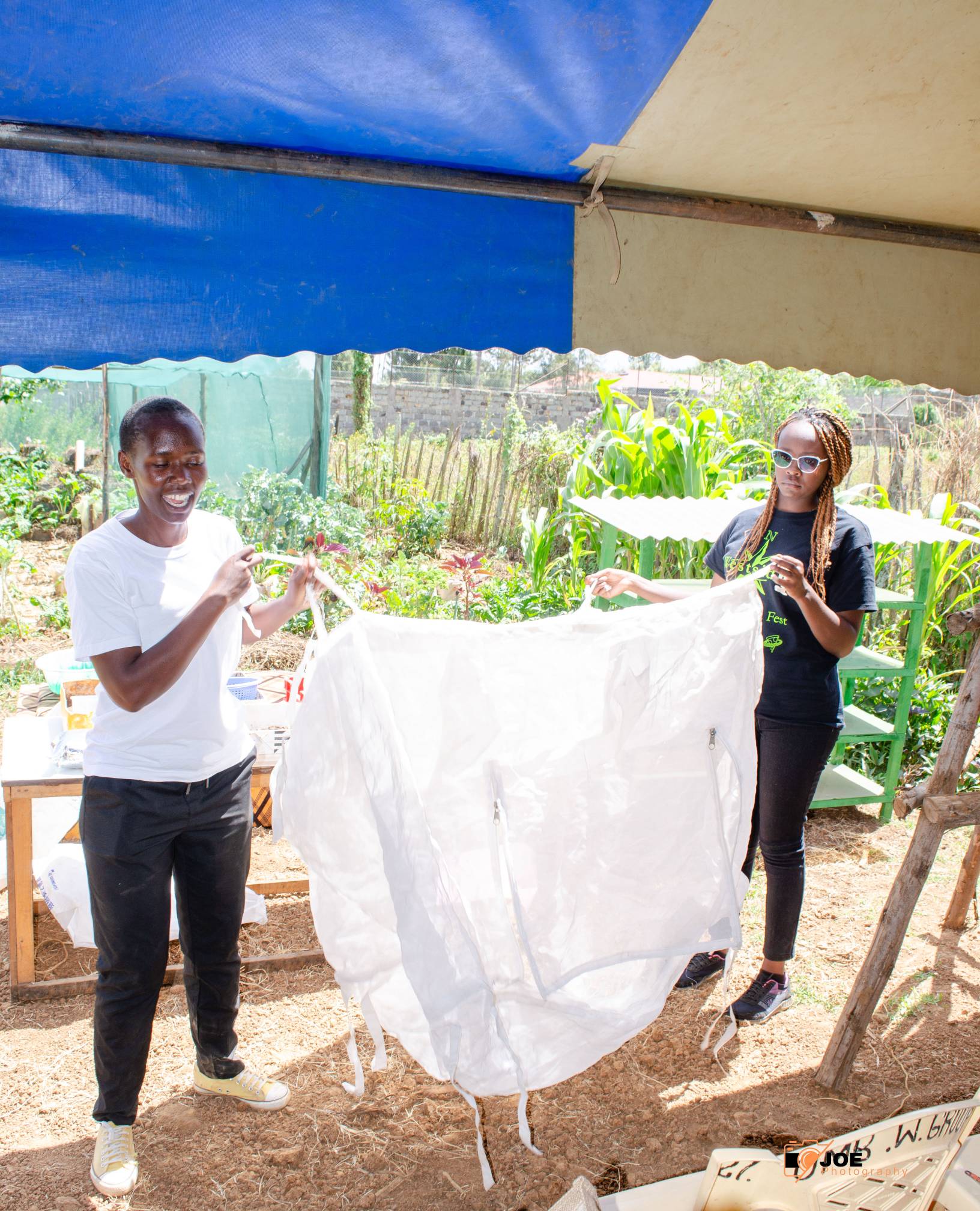
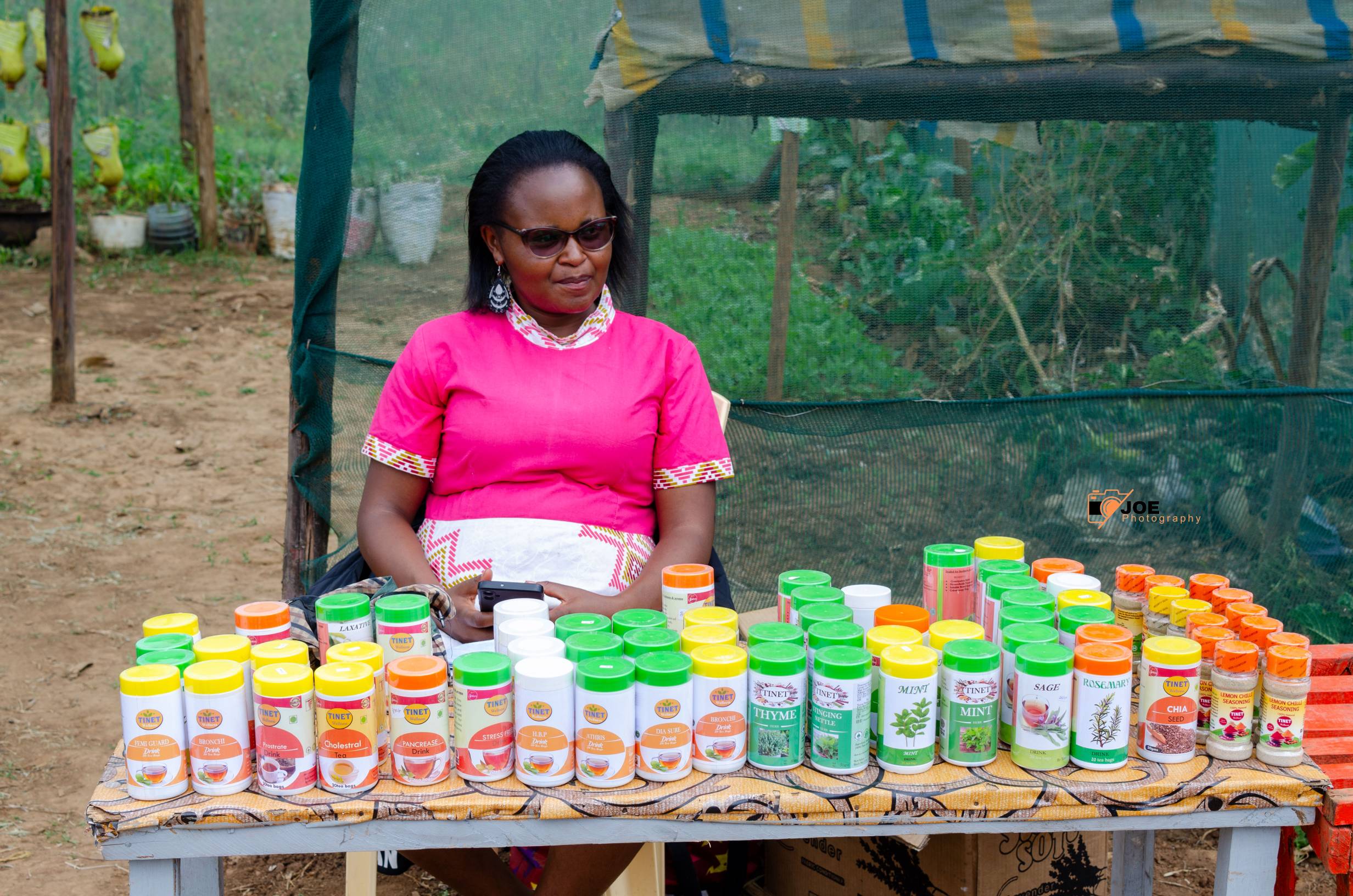
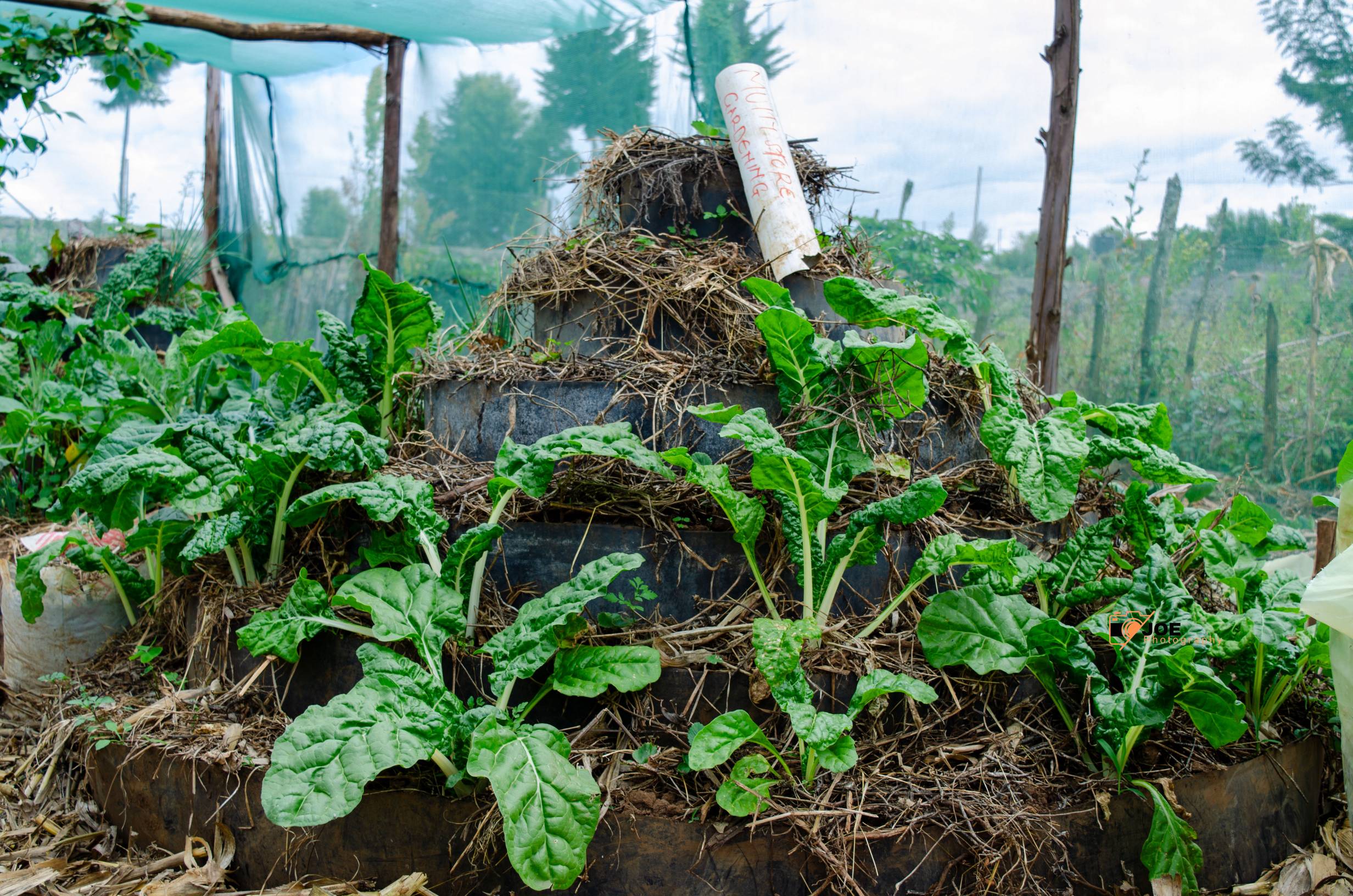
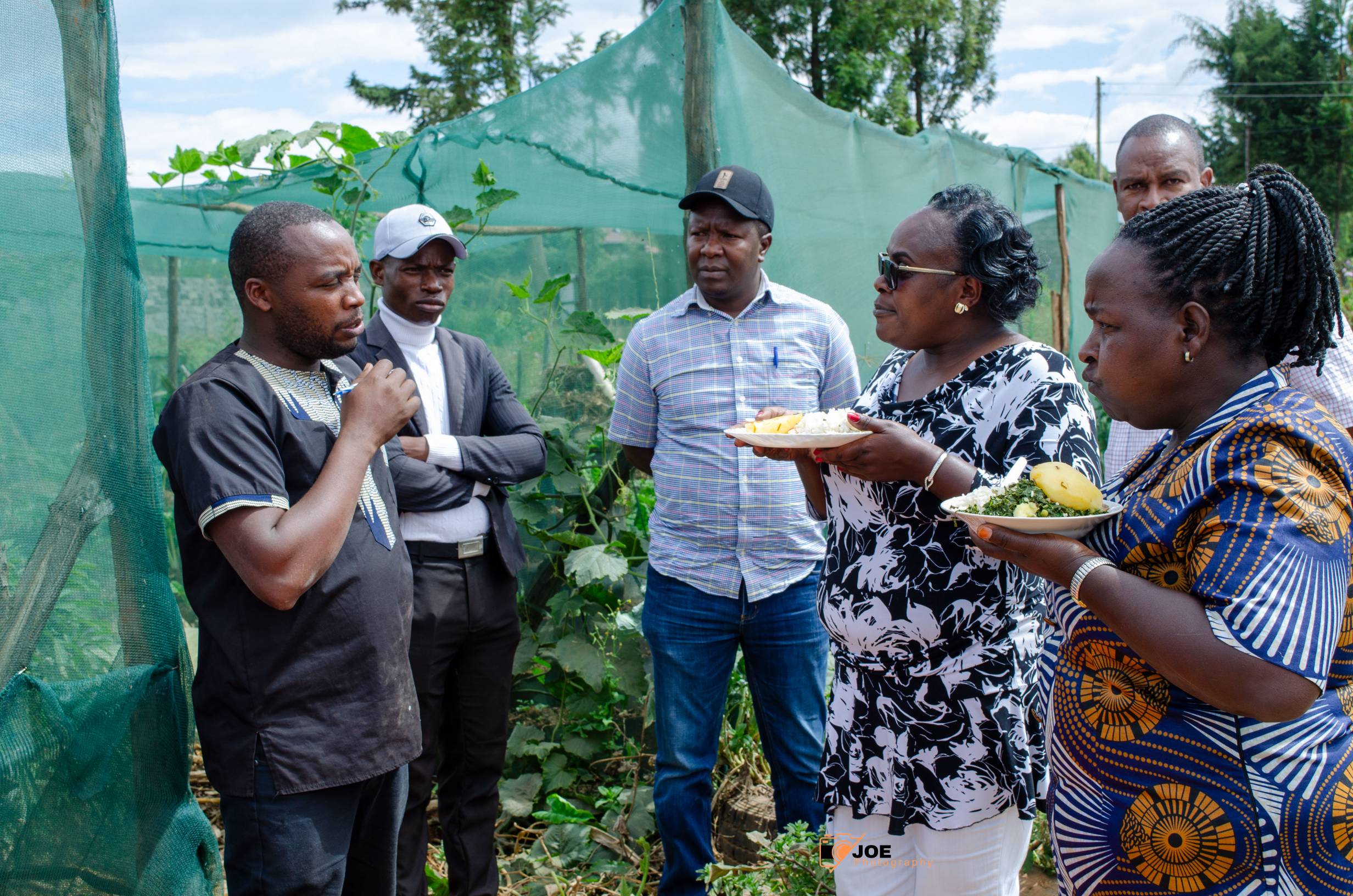
The Ekocity Farm Alliance Experience
Ekocity Farm Alliance is a hub of innovation, offering practical training on sustainable farming practices. During my visit, the focus was on a workshop teaching farmers how to incorporate Black Soldier Fly (BSF) larvae as an alternative, eco-friendly feed for chickens, pigs, and fish.
As a photographer, my role was to capture the energy, innovation, and collaboration that define the work of Ekocity Farm Alliance. Some key aspects I documented included:
- Engaged Farmers: Farmers from various regions actively participating, taking notes, and sharing experiences during the training.
- Urban and Organic Farming Techniques: Showcasing innovative setups that emphasize sustainability and efficiency, ideal for urban and small-scale farming.
- BSF Production Process: Highlighting the simplicity and practicality of setting up BSF systems for feed production.
- Farm Environment: Capturing the serene yet productive atmosphere of the Ekocity Farm Alliance facility in Njoro.
Why Farm Photography Matters for Centers Like Ekocity Farm Alliance
Farm photography goes beyond aesthetics; it is a tool for advocacy, education, and marketing. Here’s why it’s essential, especially for training centers like Ekocity Farm Alliance:
1. Documenting Knowledge Sharing
Training centers play a pivotal role in equipping farmers with practical skills. Photography captures these learning moments, ensuring that the impact of such sessions can be shared widely with stakeholders, sponsors, and potential trainees.
2. Showcasing Innovation
From BSF production to urban farming techniques, Ekocity Farm Alliance pioneers practices that need visibility. High-quality images help showcase these innovations to inspire other farmers and attract funding or partnerships.
3. Promoting Organic and Sustainable Farming
Organic and urban farming practices are crucial for sustainable food systems, especially in rapidly urbanizing areas. Professional photography highlights these practices, making them accessible and appealing to the public.
4. Strengthening Branding and Outreach
For training centers like Ekocity Farm Alliance, powerful visuals are essential for marketing. Images from events and workshops can be used in brochures, social media campaigns, and websites to attract more farmers and partners.
Challenges in Farm Photography
Documenting a dynamic event like a farmers’ training session comes with its own set of challenges:
- Dynamic Activities: Capturing both candid and posed shots in a fast-paced environment requires attention to detail and quick reflexes.
- Outdoor Conditions: Lighting can change rapidly in outdoor settings, necessitating constant adjustments to ensure the best shots.
- Capturing Authenticity: Ensuring that every photo feels natural and tells a story without being overly staged takes patience and skill.
Despite these challenges, photographing the Ekocity Farm Alliance event was immensely rewarding. Witnessing the farmers’ enthusiasm and commitment to learning sustainable practices made every effort worthwhile.
The Value of Professional Farm Photography
Farm photography has a unique role in elevating the agricultural sector in Kenya. Here are some ways it can add value:
1. Inspiring Farmers
Visual storytelling can inspire farmers to adopt new techniques, especially when they see peers successfully implementing sustainable practices.
2. Educating Stakeholders
Photos can bridge the knowledge gap for stakeholders, including policymakers, NGOs, and the public, by showcasing real-life applications of sustainable farming solutions.
3. Enhancing Community Engagement
Photography brings a sense of connection and shared purpose by highlighting collective efforts like those seen at the Ekocity Farm Alliance training.
4. Supporting Marketing Efforts
High-quality visuals can significantly boost the marketing efforts of farms, training centers, and agribusinesses, helping them attract more participants, partnerships, and funding.
Main Topic -Black Soldier Fly Farming in Kenya
Agriculture in Kenya is rapidly evolving to meet the demands of sustainability and cost-efficiency. One innovative approach that has gained significant traction is Black Soldier Fly (BSF) farming. BSF farming provides an eco-friendly and affordable solution for producing high-protein feed for livestock, including poultry, fish, and pigs.
What is Black Soldier Fly Farming?
Black Soldier Fly farming involves breeding and managing Hermetia illucens, an insect species whose larvae are rich in protein and essential nutrients. The process is straightforward:
- Egg Collection: BSF eggs are collected and incubated in a controlled environment.
- Larvae Growth: The larvae are fed on organic waste such as food scraps, market waste, or agricultural by-products.
- Harvesting: The mature larvae are harvested as livestock feed, while the residue can be used as organic compost.
Why BSF Farming is Thriving in Kenya
Kenya faces challenges such as rising feed costs, waste management issues, and environmental degradation. BSF farming offers a solution to these problems through its numerous benefits:
1. Affordable Livestock Feed
BSF larvae are a cost-effective alternative to conventional feed ingredients like fishmeal and soybean meal. They provide high-quality protein that enhances livestock growth and productivity.
2. Environmental Benefits
BSF farming reduces organic waste, which can otherwise pollute the environment. By consuming large quantities of organic matter, the larvae help minimize waste and improve sanitation.
3. Organic Fertilizer Production
The residue left after larvae feed is a nutrient-rich compost that can be used as an organic fertilizer, supporting sustainable crop farming.
4. Local Adaptation and Ease of Farming
BSF farming requires minimal space, making it ideal for urban and peri-urban farmers. Its adaptability to Kenya’s climate and ease of setup have encouraged many farmers to embrace the practice.
The Process of Starting BSF Farming in Kenya
- Setup Requirements:
- A controlled environment for egg hatching and larvae growth.
- Containers or trays for managing waste and larvae.
- Organic waste as feedstock for the larvae.
- Larvae Management:
- Maintain optimal temperature and moisture for larvae development.
- Feed the larvae organic waste regularly to ensure steady growth.
- Harvesting and Processing:
- Harvest mature larvae for livestock feed.
- Process and package them for storage or sale.
- Utilizing Residue:
- Convert the residue into organic compost for crop farming.
Challenges of BSF Farming in Kenya
While BSF farming is promising, farmers may face challenges such as:
- Initial Setup Costs: Building a suitable farming system may require upfront investment.
- Technical Knowledge: Farmers need training to manage BSF systems effectively.
- Market Development: Creating awareness about BSF larvae as feed and establishing markets can be time-consuming.
Support for BSF Farming in Kenya
Organizations like Ekocity Farm Alliance and other agricultural training centers are at the forefront of promoting BSF farming. They offer training programs that teach farmers how to set up and manage BSF systems, enabling them to reduce feed costs and adopt sustainable farming practices.
Why Choose Joe Photography for Your Farm Photography Needs?
As the person behind Joe Photography, I specialize in capturing the beauty and essence of farms, agricultural innovations, and training sessions. My approach combines technical expertise with a deep understanding of the agricultural landscape in Kenya.
Here’s what sets me apart:
- Attention to Detail: From dynamic moments to intricate setups, I ensure every image tells a story.
- Experience in Agriculture: Having worked on projects like the Ekocity Farm Alliance training, I know what matters most to farmers and stakeholders.
- Commitment to Excellence: I go above and beyond to deliver photos that exceed expectations, even in challenging environments.
Farm photography in Kenya is more than just capturing picturesque fields—it’s about telling the stories of innovation, dedication, and community that drive the agricultural sector. The training at Ekocity Farm Alliance in Njoro was a testament to the power of sustainable farming and the importance of documenting such efforts.
Whether you’re running a farm, hosting training sessions, or looking to showcase your agribusiness, professional farm photography can help you tell your story, inspire others, and reach new heights.
At Joe Photography, I’m passionate about bringing these stories to life. Let’s work together to showcase the beauty and innovation of Kenya’s agriculture, one photo at a time.
FAQ
Why is farm photography important for farmers and agribusinesses?
Farm photography helps document farming activities, showcase innovative techniques, and create visual stories that can be used for marketing, education, and stakeholder engagement. High-quality images can also attract potential partners, sponsors, and customers.
How can farm photography benefit training centers like Ekocity Farm Alliance?
Photography captures the essence of training sessions, including farmer participation and innovative practices like BSF farming. These images help promote the center, build credibility, and attract more trainees, partners, and funding opportunities.
What are the challenges of farm photography?
Some challenges include capturing dynamic activities, managing outdoor lighting conditions, and ensuring authenticity in photos. A skilled photographer navigates these challenges to produce compelling, high-quality visuals.
What should I look for in a professional farm photographer?
Look for a photographer with experience in agriculture, attention to detail, and a proven track record in capturing engaging visuals. They should understand the nuances of farming and be able to highlight what makes your farm or training center unique.
Can farm photography help promote sustainable and urban farming?
Yes! By showcasing sustainable practices like organic farming, BSF production, and urban farming techniques, farm photography inspires adoption and creates awareness among farmers, consumers, and policymakers.
Also Read:

